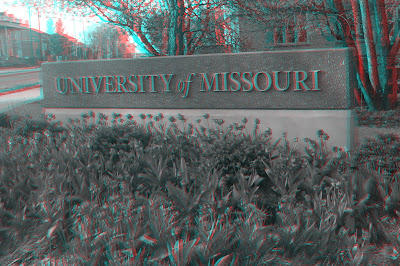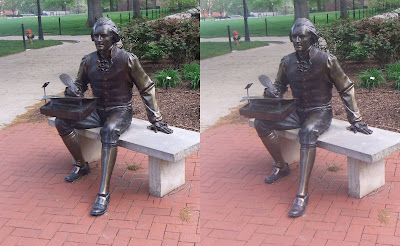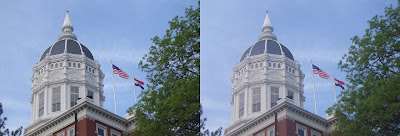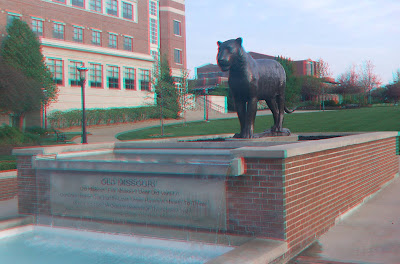 |
| Stereo image of John Wanamaker's department store in Philadelphia |
While Wanamaker passed away 90 years ago, his frustration lives on with everyone who manages or creates marketing campaigns.
On the web, we have many tools to track and measure the impact of our creativity. Pay per click advertising dashboards provide almost immediate feedback on the number of people who respond to an ad and Google Analytics allows us to track those prospects through our website. Those of us who blog or participate in social media conversations pay close attention to our reader statistics and comments. However, tracking the effectiveness of traditional advertising and direct mail is trickier.
Purls or Personalized Uniform Resource Locators are powerful tools for increasing response rates and tracking responses from direct mail pieces. These personalized URLs, which are printed in a prominent location on your mail piece lead your readers to personalized landing pages on the web which have been created individually for each recipient
 |
| Sample personalized landing page from Easy Purl |
The software that we use for creating Purls at Convertible Solutions is called Easy Purl and the landing page to the right is a sample from their website. As you see, it welcomes Amy, explains why New York College would be a good choice and includes a form already filled in with her address information that provides a field where she can select her area of interest. It is very easy for her to click through to the next page which can collect more information. After Amy responds, a personalized thank you page is presented.
The Easy Purl software also includes a dashboard which allows the campaign manager to see which prospects have visited their page and what they did after seeing their page. This knowledge can identify where the offer or the creative design should be tweaked and if the mailing was sent to the correct list. The information can also be used to send triggered reminder emails to those who have not yet visited their page or visited without responding.
| Browsing trends report created by Easy Purl |



























